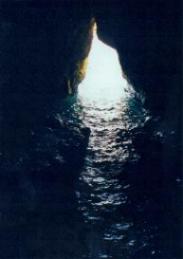
Grotto at Rosh Hanikra
 Grotto at Rosh Hanikra |
I have always loved waterscapes. I am attracted to the vastness of the ocean, the serenity of a bubbling stream in the mountains, the fleeting drama of a seasonal watercourse, the fury of the sea beating the coast, the miraculous magic of an oasis in the desert or the languid, patient course of a broad river as it nears an estuary.
Israel has no mighty rivers, or really any major rivers at all. This is a country which relies on hidden springs, some rivers other countries would call streams, a couple of lakes and most of all on rain for its water. One of the greatest inventions of the ancient Israelites were the 'borrot', deep cisterns for collecting rain water in areas in which there were no natural springs or streams.
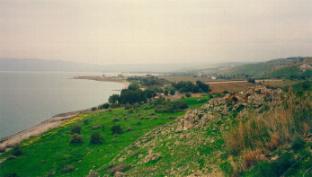 Sea of Galilee, Israel's prime water source |
In a land where it only rains for about half the year, proximity to water, be it natural or collected in manmade cisterns, is very special, especially during the parched summer months. As the humidity builds up over the course of a bone-dry summer the anxiety builds in the air and everyone waits with growing impatience for the first rains of the season.
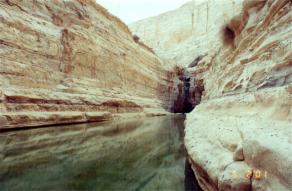 Ein Avdat, Negev desert, southern Israel |
It is no coincidence that the Jewish New Year, Rosh Hashana is in the autumn, just before the start of the rainy season. There is no better time of year for people to pour their hearts out, like water, before God, praying that this year the rains will come on time, that this rainy season will be a bountiful one. One need only look at the dried out water courses, the shrinking shores of the Sea of Galilee (Lake Tiberias) or the withered crops and thistles in the fields to see that by early autumn this is a land and a people crying out for rain.
The first rains of the season have to be experienced to be understood. You have to have spent months devoid of rain, without even a hint of rain, to the extent that you feel as though you cannot even remember what rain feels like, to really know the wonder of the autumn rains. Even tourists from Iceland and Seattle are moved by the beauty of the first rains in the Middle East.
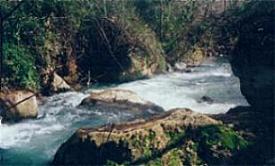 Banias River, a source of the River Jordan |
Usually there is little drizzle before the main rains as if to remind us that any time soon vast torrents of water will pour from the sky, as if to acclimatise us to the very idea that water can and does fall from the sky. More often though it seems like someone's idea of a practical joke, the mildest of sprinkles might come and go in the course of a few minutes in late September, but the main act, the real rain, will probably only show up in late October or November.
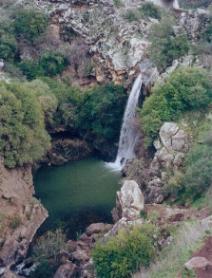 The seasonal Sa'ar waterfall |
Sometimes the first rains come in one go. A few weeks after Sukkot (Tabernacles), or in a bad year, a while after this festival the heavens open and perhaps for a solid hour, 3 hours, even a whole day or night, the blessed rain pours down. It beats the summer's dust and dirt from the buildings, pounds the dry earth and cracked asphalt and cleans the stagnant humid air, leaving behind a delicious fresh scent - and hope.
Last week we celebrated Tu b-Av, the 15th of the Hebrew month of Av, the Jewish mid-summer festival which also marks the middle of the grape harvest. This is the date on which the sun's power peaks, and from there onward the sun's power wanes until the mid-winter festival on the 15th of the Hebrew month of Shvat. Sukkot begins on the 15th of the Hebrew month of Tishrei, roughly midway between the two
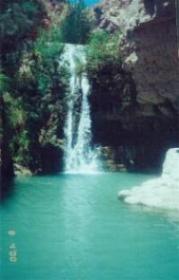 Nahal David Waterfall, Ein Gedi |
Every date is a crucial milestone on the rain calendar. Only another couple of months or perhaps three until the rains come. In my mind's eye I can already see the barren brown late summer landscape transformed into a paradise of wildflowers and green grass come mid-winter.
Maybe it's because today is a humid day in the middle of August that I'm writing this page. This morning there were teasing wispy clouds in the sky and we felt the slightest tingle of anticipation watching them. A distant memory of the smell of drenched earth briefly flitted across our minds and we remembered umbrellas and shoes other than sandals and we yearned for the heady days of autumn.
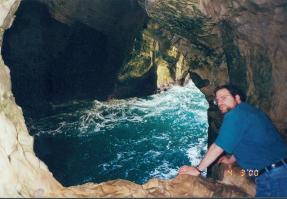 |
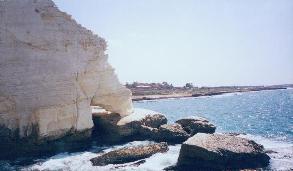 |
| Grotto at Rosh Hanikra | Rosh Hanikra |
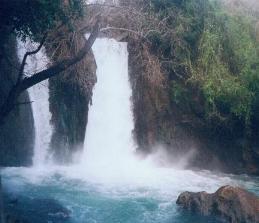 |
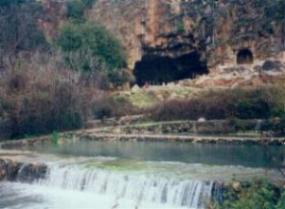
|
| Banias waterfall | The source of the Banias is a spring inside this cave |
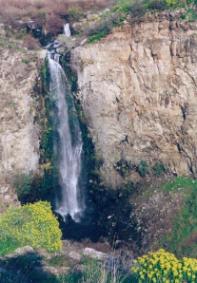 |
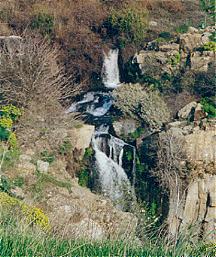 |
| Gamla Waterfall, at over 50m the highest in Israel | Upper section of Gamla waterfall |
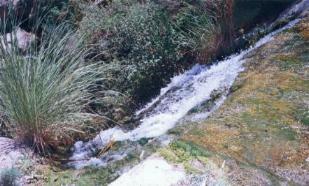 |
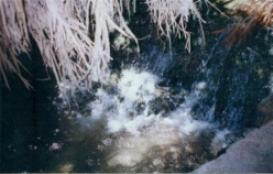 |
| Nahal David, Ein Gedi | Nahal David, Ein Gedi |
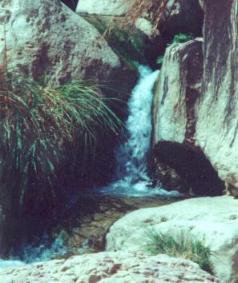 |
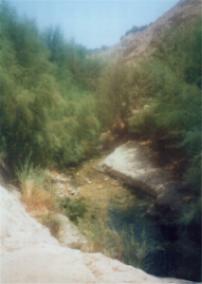 |
| Nahal David, Ein Gedi | Nahal Arugot, Ein Gedi |
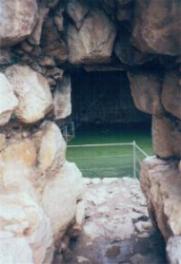 |
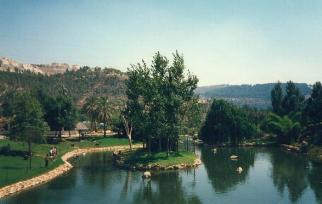 |
| Cistern at Ka'alat Namrud, a medieval fortress. In heavy rain the water fills the room. | Artificial lake at Jerusalem's Biblical Zoo |
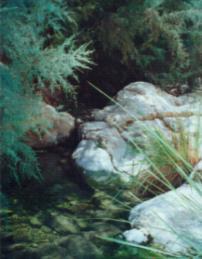 Nahal Arugot |
Below are links to Israeli landscape pages which might be of interest:

|
Copyright 2000 by Leiah Elbaum. Text and photographs on this page are by Leiah Elbaum. Last updated 12 October 2000.